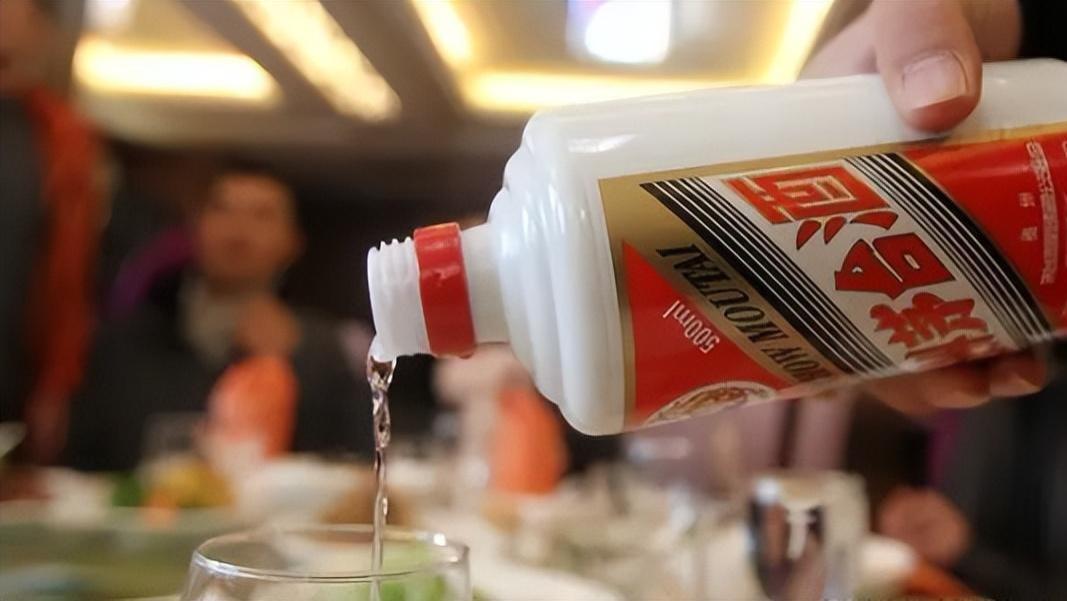21个项目玩转深度学习|21个项目玩转深度学习 第二章 CIFAR10
- 首先介绍第一个文件infar10_input.py,用途:在tensorflow中读取人CIFAR-10训练图片。
IMAGE_SIZE = 24
NUM_CLASSES = 10
NUM_EXAMPLES_PER_EPOCH_FOR_TRAIN = 50000
NUM_EXAMPLES_PER_EPOCH_FOR_EVAL = 10000
接下来介绍第一个自定义函数
ARGS:
filename_queue:包含要读取的文件名的字符串队列。
返回:
表示单个示例的对象,包含以下字段:
height:结果中的行数(32)
width:结果中的列数(32)
depth:结果中的颜色通道数(3)
key:标量字符串Tensor描述文件名和记录号这个例子。
label:一个int32 Tensor,标签范围为0..9。
uint8image:一个 [高度,宽度,深度] uint8张量图像数据
给我一个要读取的文件名队列,返回result对象,包含了很多属性
def read_cifar10(filename_queue):
首先创建一个继承于object的基类,创建一个result的对象,对象属性有height=32,width=32,depth=3,lable_bytes=1,
image_bytes=32*32*3,record_bytes = lable_bytes + image_bytes,创建一个分词式reader,每次分词record_bytes个,读出的结果是result.key和value,value是字符串类型,解码value到tf.uint8类型,并赋值给recor_bytes,把record_bytes分离出一个字节并转换为tf.int32类型,赋值给result.lable,分离出第二部分,并且转化为[result.depth,result.height,result.width],随后转换为【高,宽,深】,并赋值给result.unit8image,这个属性是unit8格式的。最后返回result这个对象!
需要传入上个函数所得到的image,lable,以及给定队列中事例最少个数和batch_size,返回打包的的images,和打包的lable
images: Images. 4D tensor of [batch_size, IMAGE_SIZE, IMAGE_SIZE, 3] size.
labels: Labels. 1D tensor of [batch_size] size.
def _generate_image_and_label_batch(image, label, min_queue_examples,
batch_size, shuffle):
总之:创建一个打乱的示例的队列,然后从示例队列中读取“batch_size”图像+标签。
num_preprocess_threads = 16
如果打乱:
images, label_batch = tf.train.shuffle_batch( [image, label],
batch_size=batch_size,
num_threads=num_preprocess_threads,
capacity=min_queue_examples + 3 * batch_size,
min_after_dequeue=min_queue_examples)
如果没有打乱:
images, label_batch = tf.train.batch( [image, label],
batch_size=batch_size,
num_threads=num_preprocess_threads,
capacity=min_queue_examples + 3 * batch_size)
【21个项目玩转深度学习|21个项目玩转深度学习 第二章 CIFAR10】返回成批次的images,lable _batch,其中有一点不明白,tf.reshape(label_batch, [batch_size])???images 却没有reshape
def distorted_inputs(data_dir, batch_size):
首先把data_batch1到data_batch5文件列表生成队列,调用read_cifar10(filename_queue),得到结果read_input,并把read_input的uint8image属性转换为tf.float32类型,赋值给reshaped_image,把reashped_image进行裁剪成24*24*3形状,并进行左右翻转,提升对比度等等一系列操作,float_image.set_shape([height, width, 3],read_input.label.set_shape([1]),调用上个函数,打包成batchimages和lable并返回
def inputs(eval_data, data_dir, batch_size):
跟上面一样做同样的操作,不同点1:上一个函数是打乱的,而这个是没有打乱的。不同点2:这个函数有eval_data,这个一点目前并不太明白
推荐阅读
- 17|17 关山松 第二课作业#公众号项目# D20
- RxJava|RxJava 在Android项目中的使用(一)
- Hacking|Hacking with iOS: SwiftUI Edition - SnowSeeker 项目(一)
- 靠QQ月入上万灰色暴利偏门的项目
- spring|spring boot项目启动websocket
- 炒股知识(超级短线操作的秘籍|炒股知识:超级短线操作的秘籍 玩转股市)
- vuex|vuex 基础结构
- 玩转Micro:bit(04):电子宠物
- 区块链开发平台(以太坊)
- 如何在手机上查看测试vue-cli构建的项目













